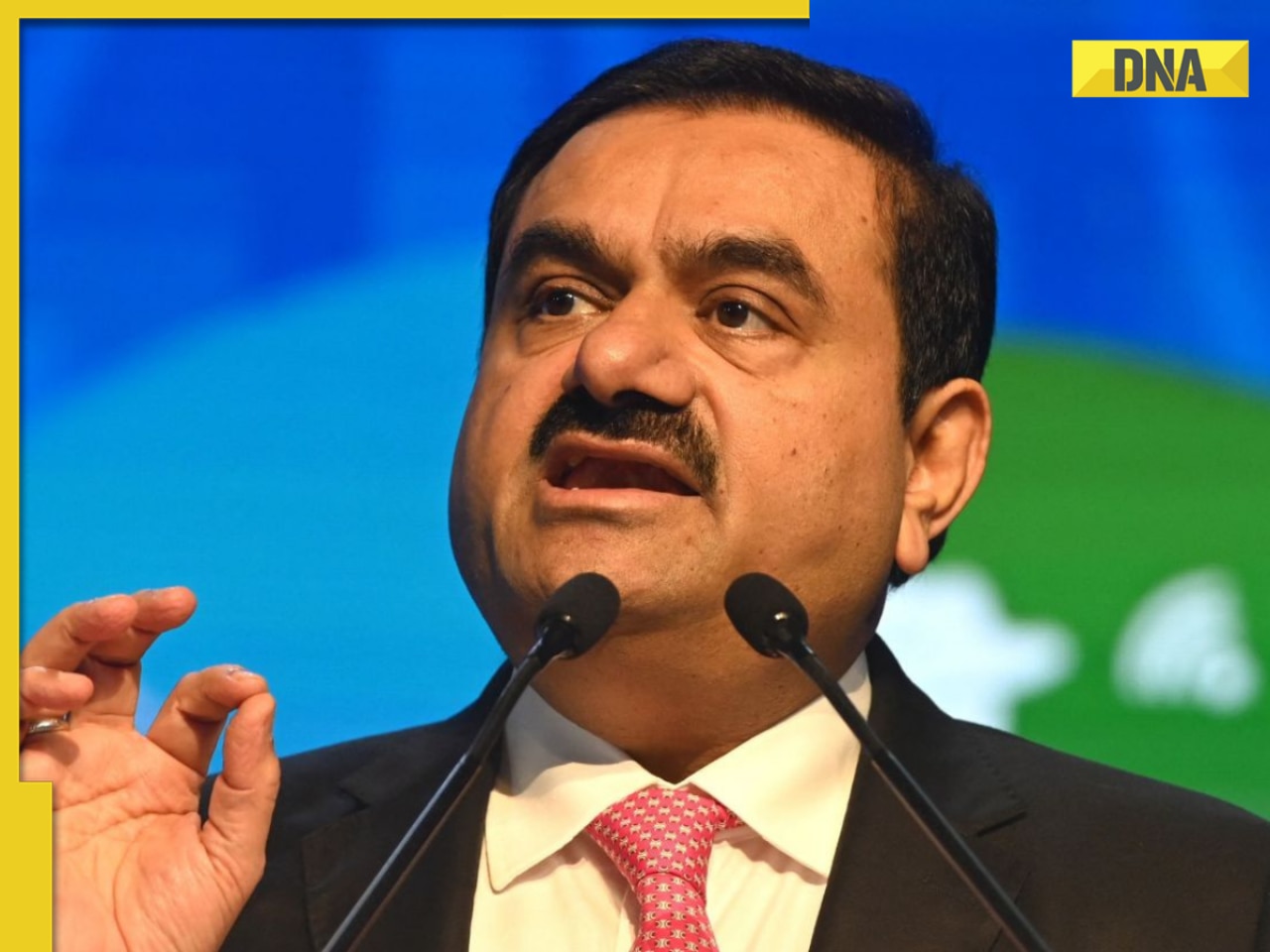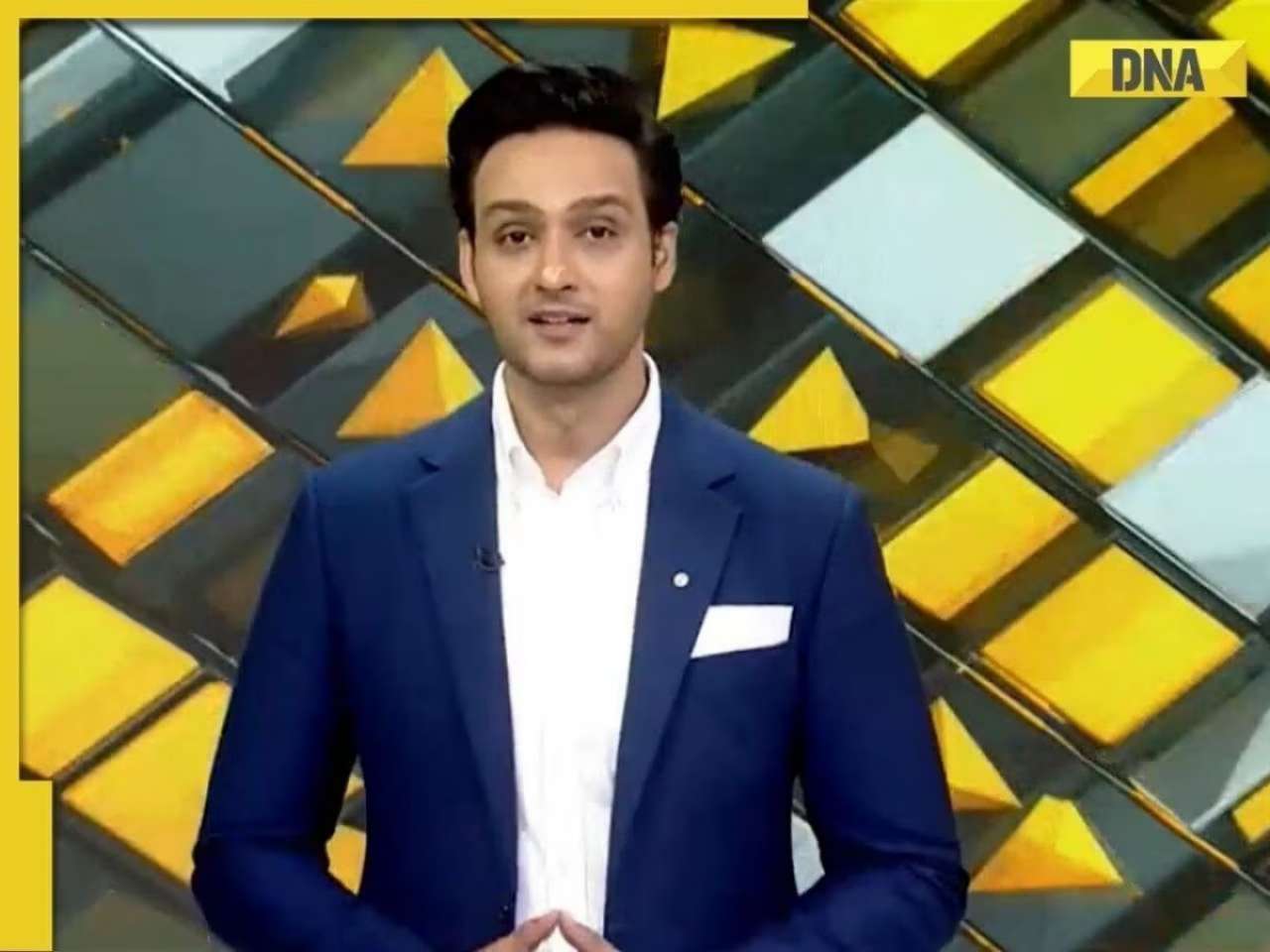ISRO has big plans for the future, including building a space station by 2035 and sending humans to the moon by 2040.
A few days after bringing the satellites as close as 3 meters to each other, the Indian Space Research Organisation (ISRO) successfully docked the SpaDeX satellites on Thursday (16th Jan) according to sources.
ISRO proudly announced the achievement on the social media platform X, saying: “Spacecraft docking successfully completed! A historic moment.” They explained the steps of the SpaDeX docking process as follows:
1. The spacecraft was carefully maneuvered from 15 meters to a hold point 3 meters away.
2. Docking was then started with precise alignment, allowing the spacecraft to connect successfully.
3. After connection, the spacecraft smoothly retracted to ensure a firm hold.
4. Finally, the system was locked in place to make it stable.
This marked the successful completion of the docking process.
ISRO had earlier missed two planned docking dates, January 7 and January 9, because of technical problems. The satellites were launched by the space agency on December 30.
On January 12, ISRO announced that they had successfully conducted a trial to bring the two satellites closer. They managed to first reduce the distance to 15 meters and then further down to 3 meters.ISRO stated that the spacecraft were moved back to a safe distance, and the docking process would be carried out after further analysis of the data.
What is Docking?
Docking is the process of bringing two spacecraft, moving at high speeds, into the same orbit. Once aligned, they are carefully brought closer to each other, either manually or automatically, and then connected. This skill is essential for missions that involve large spacecraft, which cannot be launched by a single rocket due to weight limitations.
What is the reason behind India undertaking a docking mission at this time?
ISRO has big plans for the future, including building a space station by 2035 and sending humans to the moon by 2040. To achieve these goals, they are developing important technologies, like a powerful new rocket that can carry up to 30 tonnes of cargo into low Earth orbit, which is up to 2,000 km above the Earth.
These missions will need the ability to dock spacecraft in space. For instance, the Bharatiya Antariksh Station will be assembled in orbit by connecting five separate modules. The first module, which will be robotic, is planned to launch in 2028.
What is expected to take place during the docking test?
The docking test will involve a series of steps to gradually move the Chaser satellite (SDX01) closer to the Target satellite (SDX02).
The satellites will slowly move closer to each other, stopping at distances of 5 km, 1.5 km, 500 m, 225 m, 15 m, and 3 m. In the final step, the rings on both satellites will touch and connect. Once connected, the rings will be pulled back and locked securely in place.
After connecting, the satellites will share electrical power. ISRO scientists will also show how they can control both satellites as if they are one. Once this is successful, the satellites will separate and move apart. They will stay in space and carry out experiments for the next two years.
What is the design of India’s docking mechanism?
Over the years, different space agencies have used various types of docking systems, some of which can work together. Spacecraft traveling to the International Space Station use the International Docking System Standard. India, however, is using an androgynous docking system.
This means that the docking systems on both the Chaser and Target satellites are exactly the same, making them compatible with each other. It works in a way similar to the International Docking System Standard (IDSS), which is used by other space agencies. However, India’s system is simpler and uses only two motors, while the IDSS uses 24 motors to control its movements. These motors help guide and align the spacecraft during docking, so having fewer motors makes India’s system more efficient and less complex as reported by Indian Express
The mission will use advanced sensors like the Laser Range Finder, Rendezvous Sensor, and Proximity and Docking Sensor to make accurate measurements as the two satellites move closer and connect. It will also use a new processor, similar to those in satellite navigation systems, to figure out the position and speed of the other satellite.
This is an important step toward fully automatic systems for future missions, where spacecraft will be able to dock on their own without relying on navigation data from satellites.
(The author of this article is an award-winning Science Writer and a Defence, Aerospace & Political Analyst based in Bengaluru. He is also Director of ADD Engineering Components, India, Pvt. Ltd, a subsidiary of ADD Engineering GmbH, Germany. You can reach Girish Linganna at: girishlinganna@gmail.com)
(Disclaimer: The views expressed above are the author's own and do not reflect those of DNA)
 Little Pepe (LILPEPE) Presale Raise Crosses $8,825,000 as Sixth Stage Ends Faster Than Predicted
Little Pepe (LILPEPE) Presale Raise Crosses $8,825,000 as Sixth Stage Ends Faster Than Predicted Will Nitish Kumar replace Jagdeep Dhankar? BJP may pull him out to beat anti-incumbency in Bihar polls as...
Will Nitish Kumar replace Jagdeep Dhankar? BJP may pull him out to beat anti-incumbency in Bihar polls as... Not Mumbai, Delhi, Bengaluru, Chennai, Kolkata, Srinagar; Ed Sheeran says this Indian city is his favourite, it is located in...
Not Mumbai, Delhi, Bengaluru, Chennai, Kolkata, Srinagar; Ed Sheeran says this Indian city is his favourite, it is located in... War 2: Yash Raj Films to celebrate the legacy of Hrithik Roshan, Jr NTR by launching the trailer on...
War 2: Yash Raj Films to celebrate the legacy of Hrithik Roshan, Jr NTR by launching the trailer on... Bryan Johnson shutting down his wellness company Blueprint? Millionaire founder says, 'I don't need...'
Bryan Johnson shutting down his wellness company Blueprint? Millionaire founder says, 'I don't need...' Glutathione boost to skin naturally with spinach, avocados and more
Glutathione boost to skin naturally with spinach, avocados and more Warren Buffett's 5 success lessons every young Indian should know
Warren Buffett's 5 success lessons every young Indian should know What are risks of taking Vitamin D shots? Know how it links to blocked arteries
What are risks of taking Vitamin D shots? Know how it links to blocked arteries NASA shares 7 majestic images of 'Star War' planets in solar system
NASA shares 7 majestic images of 'Star War' planets in solar system Why do you lose your temper after drinking alcohol or eating meat? Know 7 ways to manage it
Why do you lose your temper after drinking alcohol or eating meat? Know 7 ways to manage it Iphone Fold: Apple’s iPhone Fold Could Solve Samsung’s Biggest Foldable Problem | Samsung Z Fold 7
Iphone Fold: Apple’s iPhone Fold Could Solve Samsung’s Biggest Foldable Problem | Samsung Z Fold 7 Trump News: Congress Seeks Answers On Trump's Alleged Mediation In Operation Sindoor
Trump News: Congress Seeks Answers On Trump's Alleged Mediation In Operation Sindoor Odisha News: Minor Burnt To Death In Puri Family Reveals Shocking Attack Details | Puri News
Odisha News: Minor Burnt To Death In Puri Family Reveals Shocking Attack Details | Puri News Odisha News: Minor Girl Burnt By 3 Men Days After Balasore Self-Immolation | Puri News
Odisha News: Minor Girl Burnt By 3 Men Days After Balasore Self-Immolation | Puri News Saiyaara: Who Is Ahaan Panday, Ananya’s Cousin, To Debut In YRF’s Mohit Suri Love Story
Saiyaara: Who Is Ahaan Panday, Ananya’s Cousin, To Debut In YRF’s Mohit Suri Love Story Bryan Johnson shutting down his wellness company Blueprint? Millionaire founder says, 'I don't need...'
Bryan Johnson shutting down his wellness company Blueprint? Millionaire founder says, 'I don't need...' Deepinder Goyal gets richer by Rs 2348 crore as Zomato parent Eternal shares rise by...; net worth reaches Rs...
Deepinder Goyal gets richer by Rs 2348 crore as Zomato parent Eternal shares rise by...; net worth reaches Rs... Maruti Suzuki's e Vitara set to debut electric market at Rs..., with range of over 500 km, to launch on...
Maruti Suzuki's e Vitara set to debut electric market at Rs..., with range of over 500 km, to launch on... Mukesh Ambani, Nita Ambani fan of this special sweet, private helicopters sent to get it from UP village, it's name is...
Mukesh Ambani, Nita Ambani fan of this special sweet, private helicopters sent to get it from UP village, it's name is... Big move by Ratan Tata-owned company, acquires 67% stake in this UAE-based brand for Rs 160000000, its name is...
Big move by Ratan Tata-owned company, acquires 67% stake in this UAE-based brand for Rs 160000000, its name is... From CarryMinati to Nischay Malhan: Top 5 Indian gamers who earn in crores
From CarryMinati to Nischay Malhan: Top 5 Indian gamers who earn in crores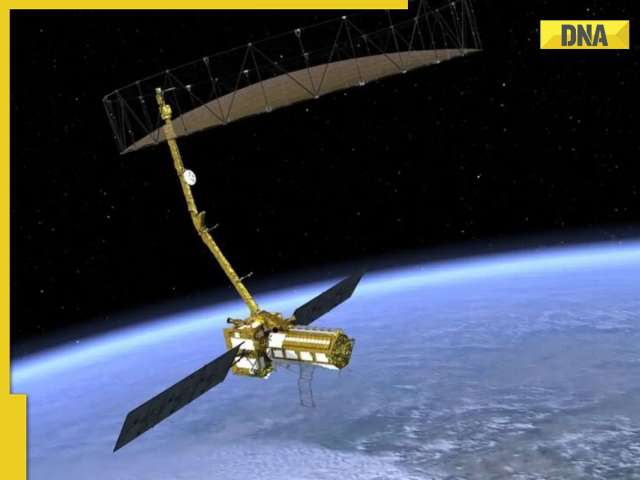 NISAR satellite launch 2025: Why it is NASA-ISRO’s biggest Earth mission?
NISAR satellite launch 2025: Why it is NASA-ISRO’s biggest Earth mission? Meet men behind Saiyaara’s hit title track, who resigned civil engineering jobs to pursue music, convinced parents to go to Mumbai for 14 days to...
Meet men behind Saiyaara’s hit title track, who resigned civil engineering jobs to pursue music, convinced parents to go to Mumbai for 14 days to...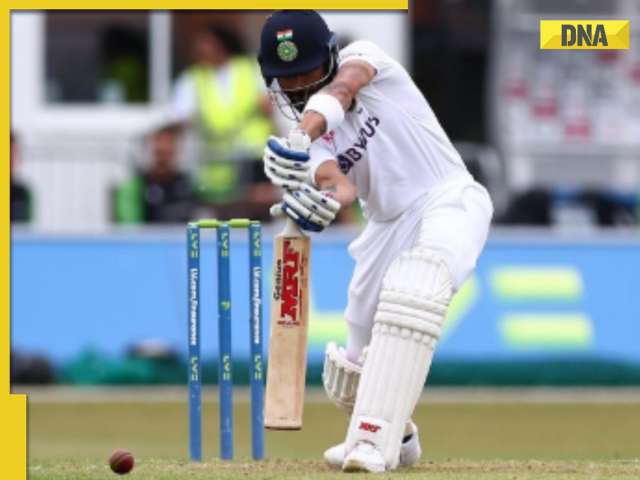 Not MS Dhoni, Hardik Pandya, Rohit Sharma but THIS Indian cricketer has record-breaking followers on Instagram, he is...
Not MS Dhoni, Hardik Pandya, Rohit Sharma but THIS Indian cricketer has record-breaking followers on Instagram, he is... Kajol and Twinkle Khanna set to host 'Two Much...': A look at other B-town actresses who owned talk show game
Kajol and Twinkle Khanna set to host 'Two Much...': A look at other B-town actresses who owned talk show game Will Nitish Kumar replace Jagdeep Dhankar? BJP may pull him out to beat anti-incumbency in Bihar polls as...
Will Nitish Kumar replace Jagdeep Dhankar? BJP may pull him out to beat anti-incumbency in Bihar polls as...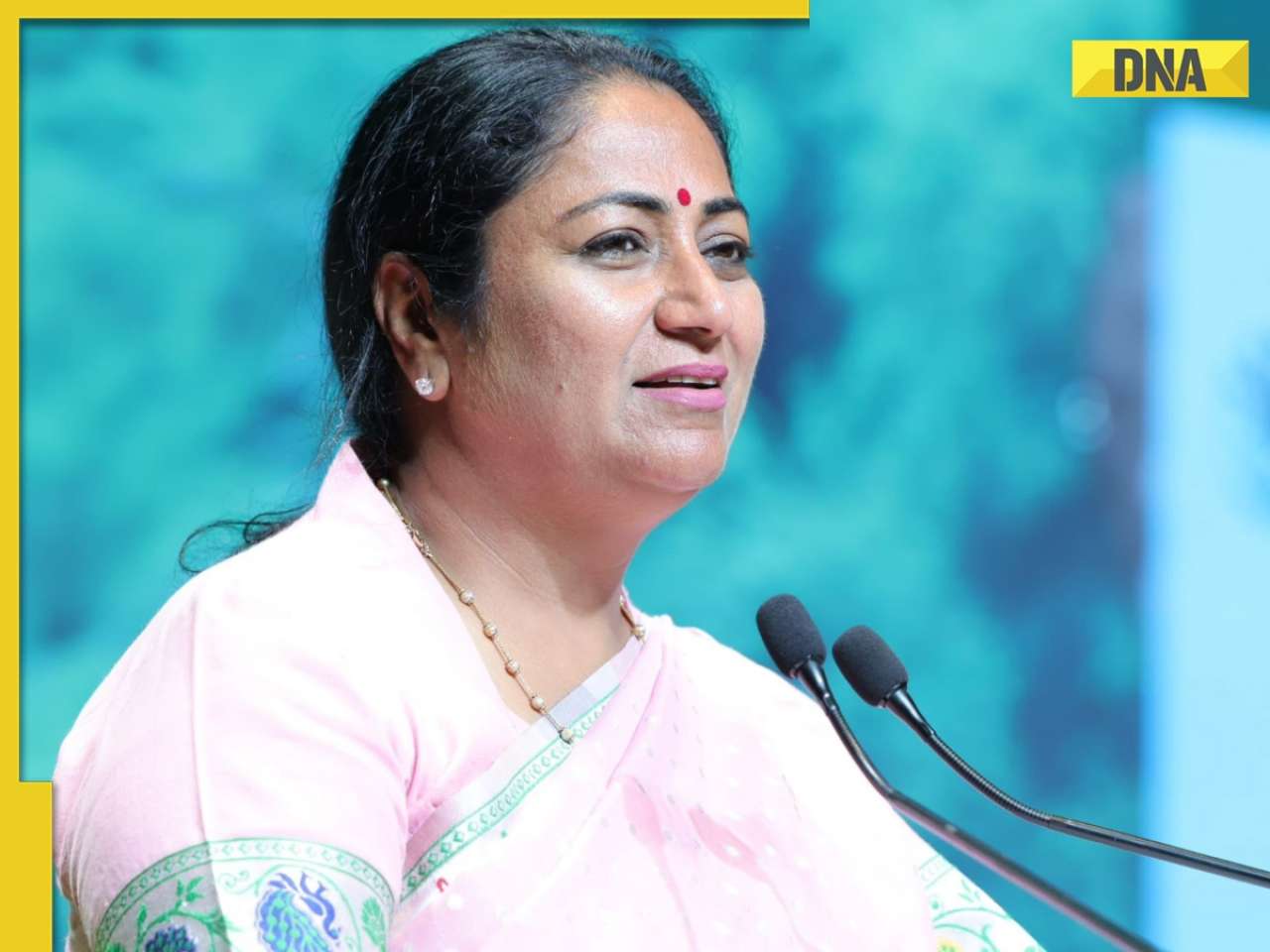 Good news for Olympic winners as Delhi govt hikes cash awards, gold medallist to get Rs…
Good news for Olympic winners as Delhi govt hikes cash awards, gold medallist to get Rs…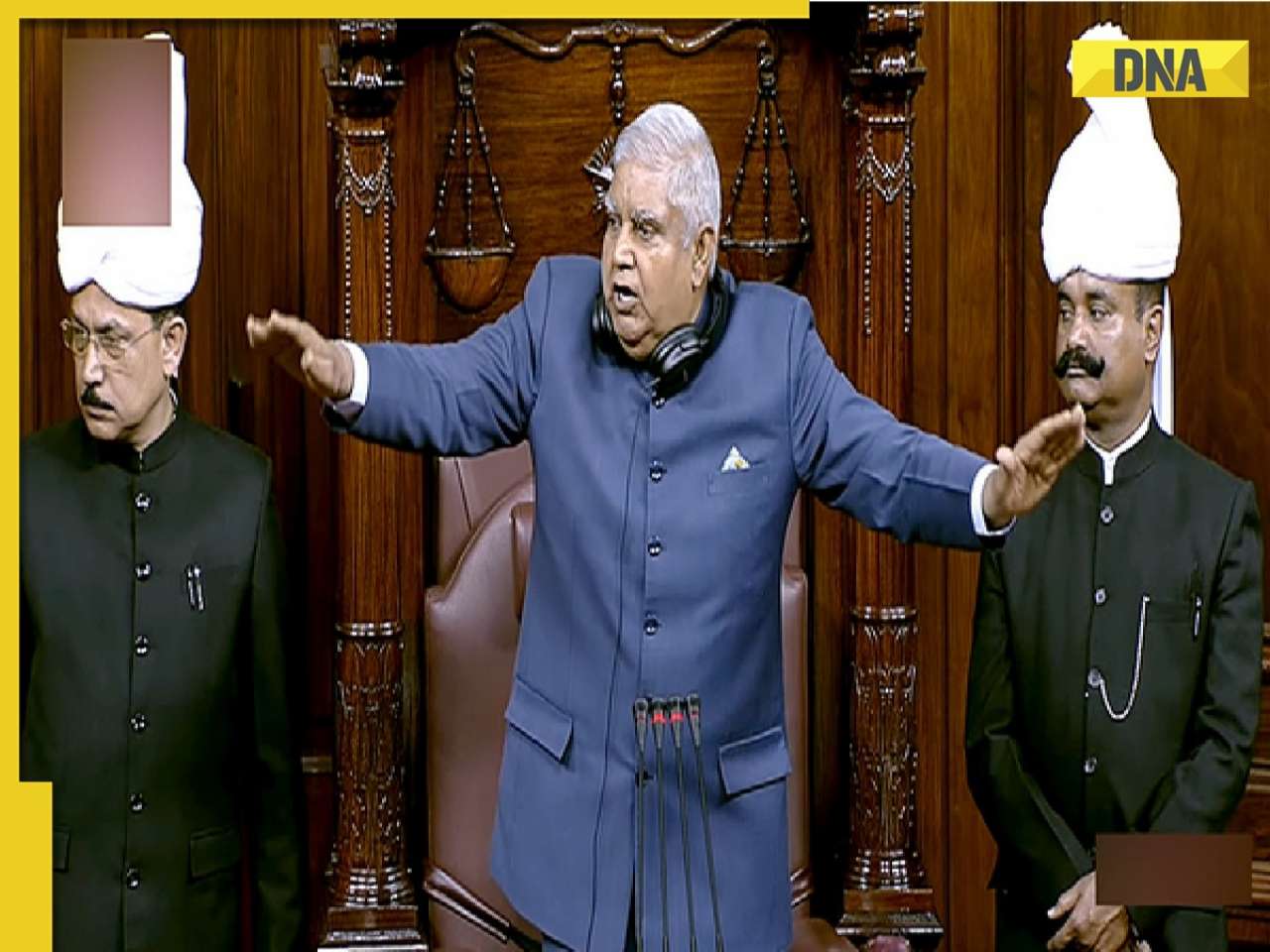 How did Jagdeep Dhankhar become most controversial vice president? About Sonia, Rahul, SC, RSS, he said...
How did Jagdeep Dhankhar become most controversial vice president? About Sonia, Rahul, SC, RSS, he said... Big tension for Pakistan, China, Indian Army receives first batch of Apache helicopters, it can carry..., is capable of delivering...
Big tension for Pakistan, China, Indian Army receives first batch of Apache helicopters, it can carry..., is capable of delivering...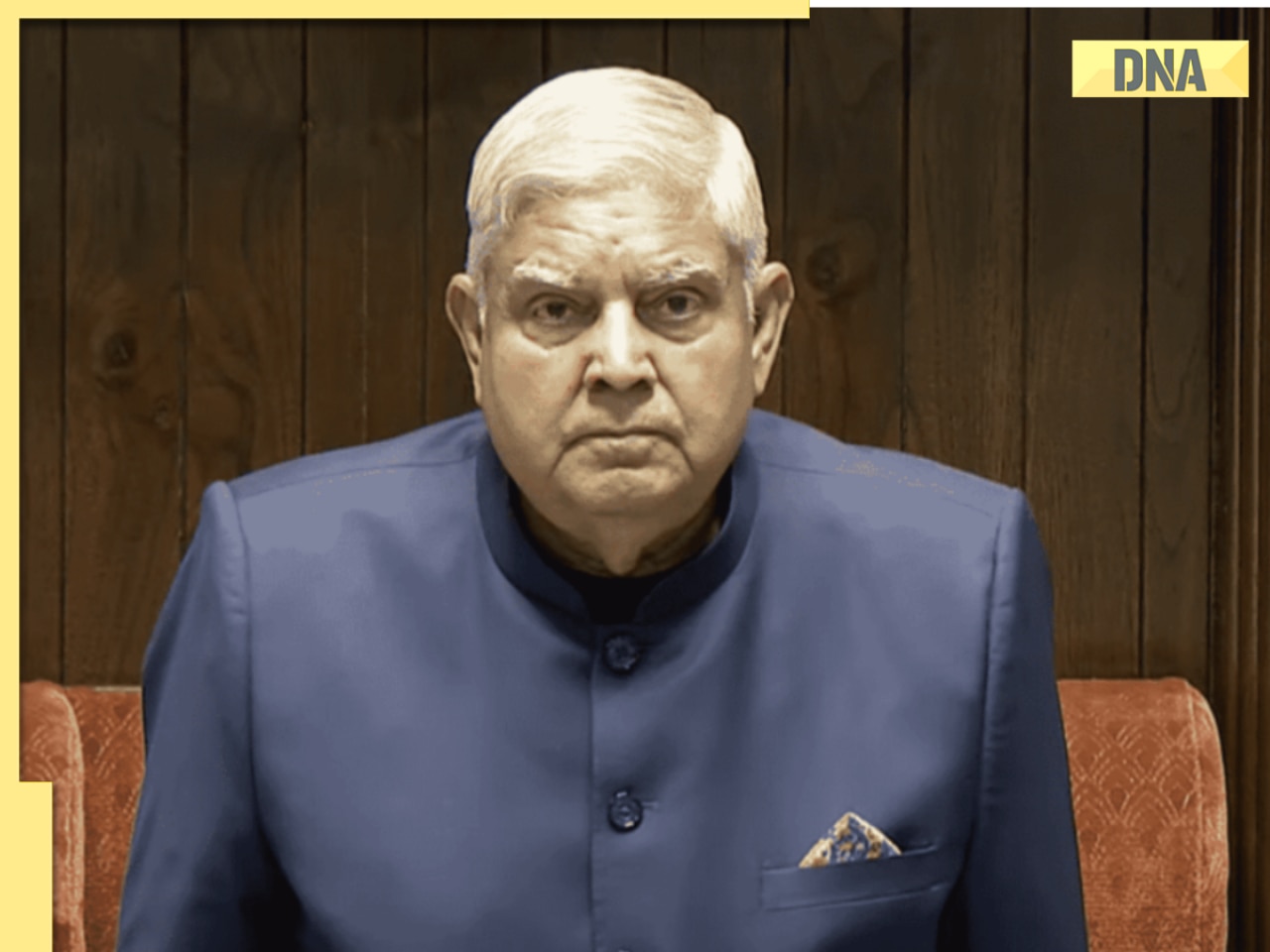 President accepts Jagdeep Dhankhar's resignation as Vice President, confirms Rajya Sabha chair
President accepts Jagdeep Dhankhar's resignation as Vice President, confirms Rajya Sabha chair Meet woman who cracked UPSC exam in first attempt at the age of 21 with AIR..., but did not become IAS, IPS due to..., currently she is working in...
Meet woman who cracked UPSC exam in first attempt at the age of 21 with AIR..., but did not become IAS, IPS due to..., currently she is working in...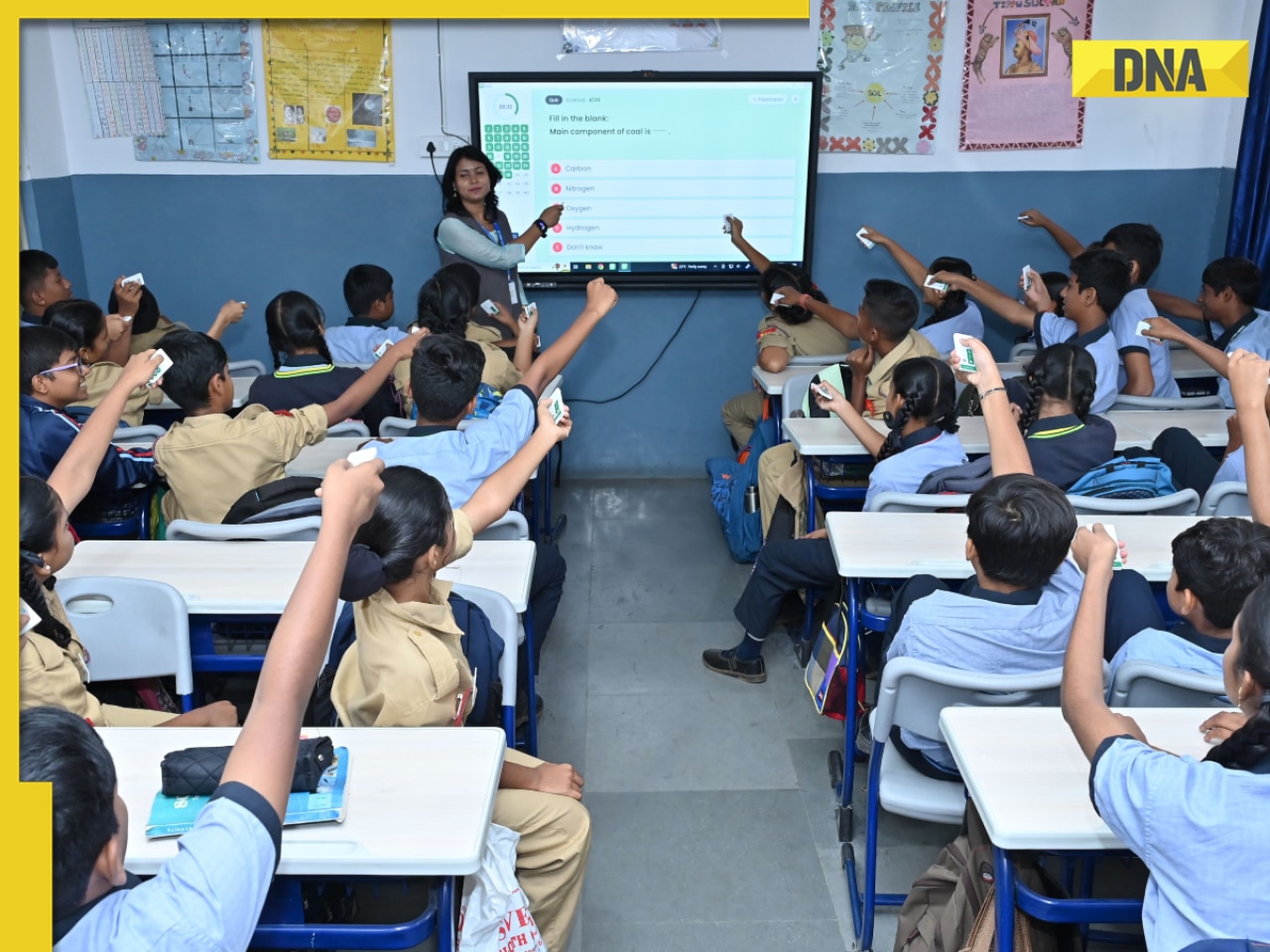 CBSE takes BIG step to ensure safety of students, directs all affiliated schools to...
CBSE takes BIG step to ensure safety of students, directs all affiliated schools to...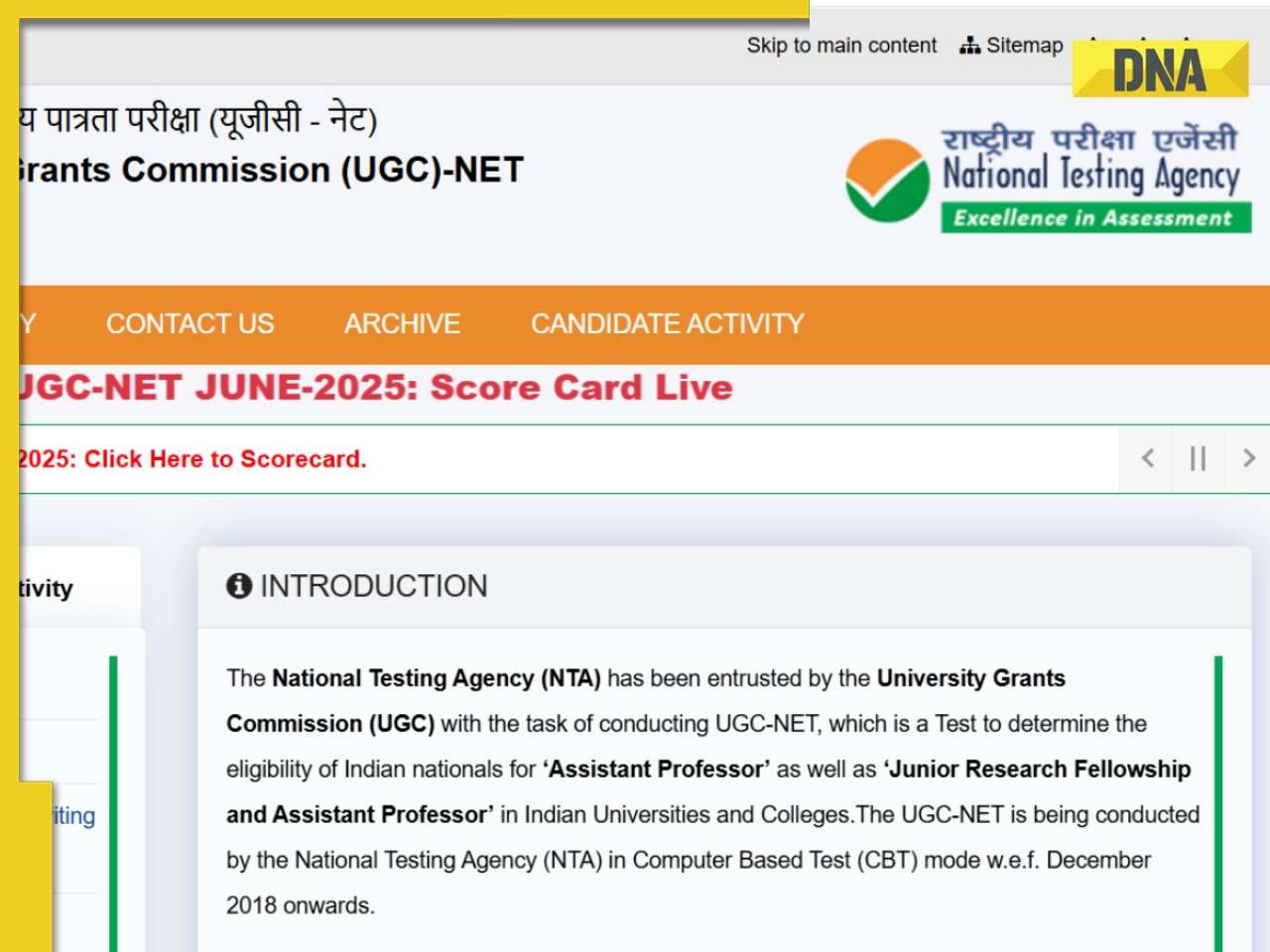 UGC NET June 2025 result released at ugcnet.nta.ac.in; get direct link, steps to download scorecard here
UGC NET June 2025 result released at ugcnet.nta.ac.in; get direct link, steps to download scorecard here NEET PG 2025 City Intimation Slip out today, here's how you can download it
NEET PG 2025 City Intimation Slip out today, here's how you can download it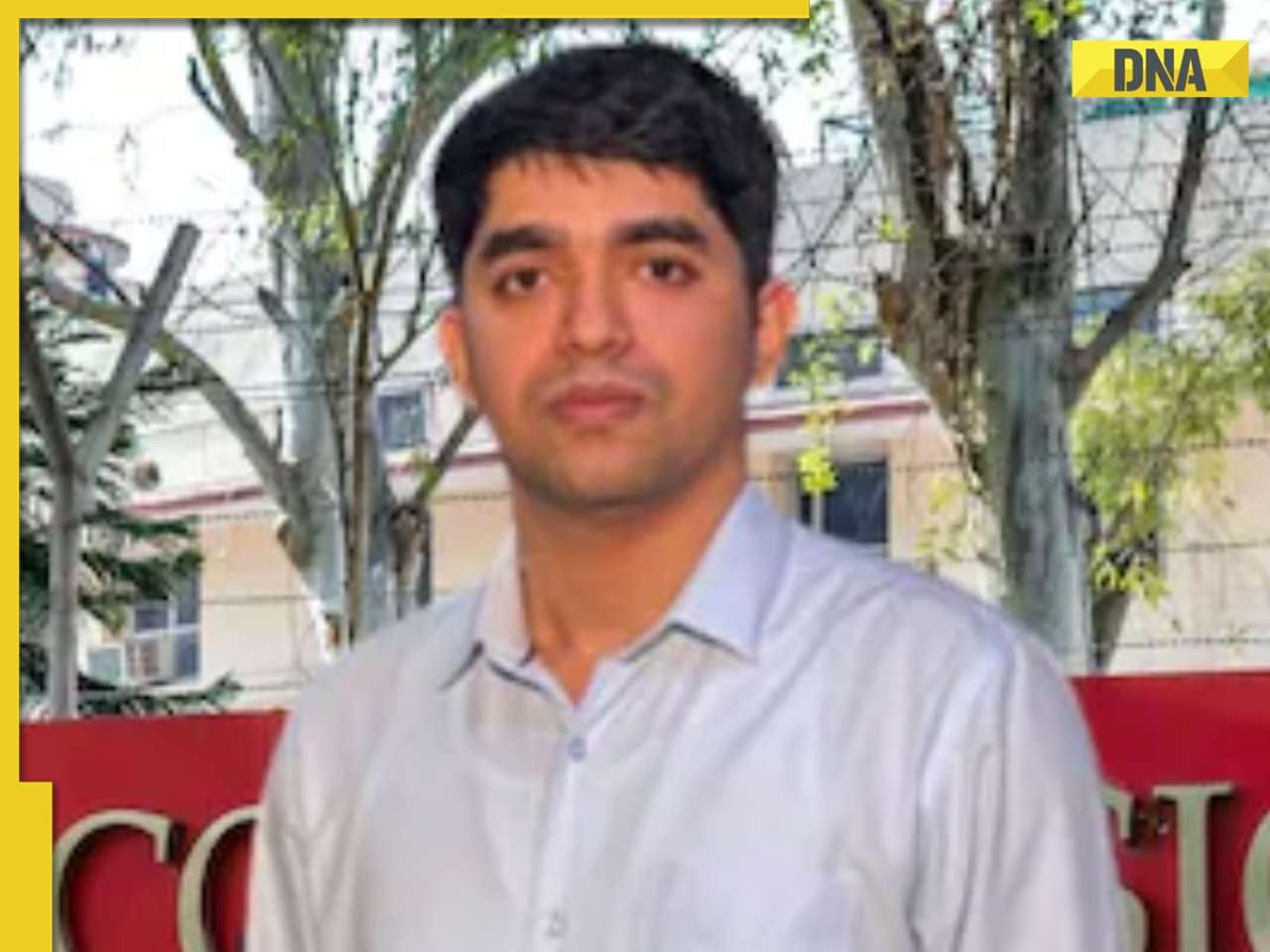 Meet IAS Shreyans Gomes, son of station master, who cracked UPSC in third attempt without any coaching, his AIR was...
Meet IAS Shreyans Gomes, son of station master, who cracked UPSC in third attempt without any coaching, his AIR was... Maruti Suzuki's e Vitara set to debut electric market at Rs..., with range of over 500 km, to launch on...
Maruti Suzuki's e Vitara set to debut electric market at Rs..., with range of over 500 km, to launch on... This is world’s most expensive wood, cost of 1kg wood is more than gold, its name is..., is found in...
This is world’s most expensive wood, cost of 1kg wood is more than gold, its name is..., is found in... This luxury car is first choice of Indians, even left BMW, Jaguar, Audi behind in sales, it is...
This luxury car is first choice of Indians, even left BMW, Jaguar, Audi behind in sales, it is... Kia India unveils Carens Clavis: Check features, design changes, price and more; bookings open on...
Kia India unveils Carens Clavis: Check features, design changes, price and more; bookings open on... Tesla CEO Elon Musk launches most affordable Cybertruck, but it costs Rs 830000 more than older version, it is worth Rs...
Tesla CEO Elon Musk launches most affordable Cybertruck, but it costs Rs 830000 more than older version, it is worth Rs...




)
)
)
)
)
)
)
)
)
)
)
)
)
)
)
)




